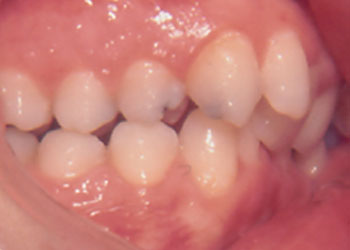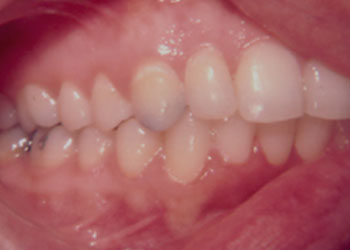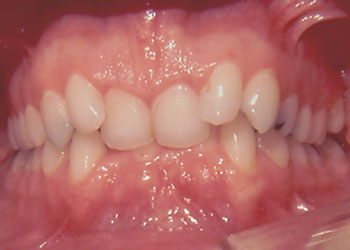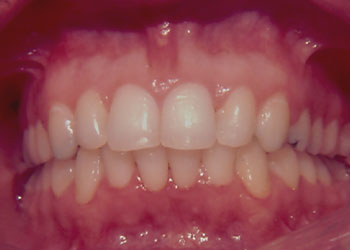About This Course
Most doctors treating TMD focus on treating the symptoms of the problem such as head and neck pain and vertigo. We approach the treatment from a different perspective. If the clinician can correctly diagnose and treat the internal derangement the symptoms (external derangements) will self-correct.
Once the TMD issues have been resolved the patient will have a totally different occlusion. This new correct occlusion is usually created by using TMJ based orthodontics. It may also involve full mouth reconstruction or a removable prothesis like an over-lay partial denture.
Understanding the TMJs will change the way you practice dentistry!
Course Details
We will classify T.M. Joint dysfunction into six separate categories all of which require different treatment approaches. We will diagnose and treat TMD ranging from children to the elderly.
TMD can simply cause mild joint discomfort. It can cause severe head and neck pain. It can result in myo-neural dysfunction such as Tourette’s Syndrome. Once the TMD is corrected a new occlusion must be re-established at the patient’s Functional Centric Relation.

Before
The patient presented herself at the clinic in a wheelchair. She had been mis-diagnosed as suffering from Meniere’s disease. She was actually experiencing the myo-neural effects of TMD.

After
Her treatment involved developing the maxilla, correcting the severe dental Division Two, and repositioning the mandible down and forward recovering both anteriorly displaced disks. The patient has been asymptomatic for 22 years.

Before

